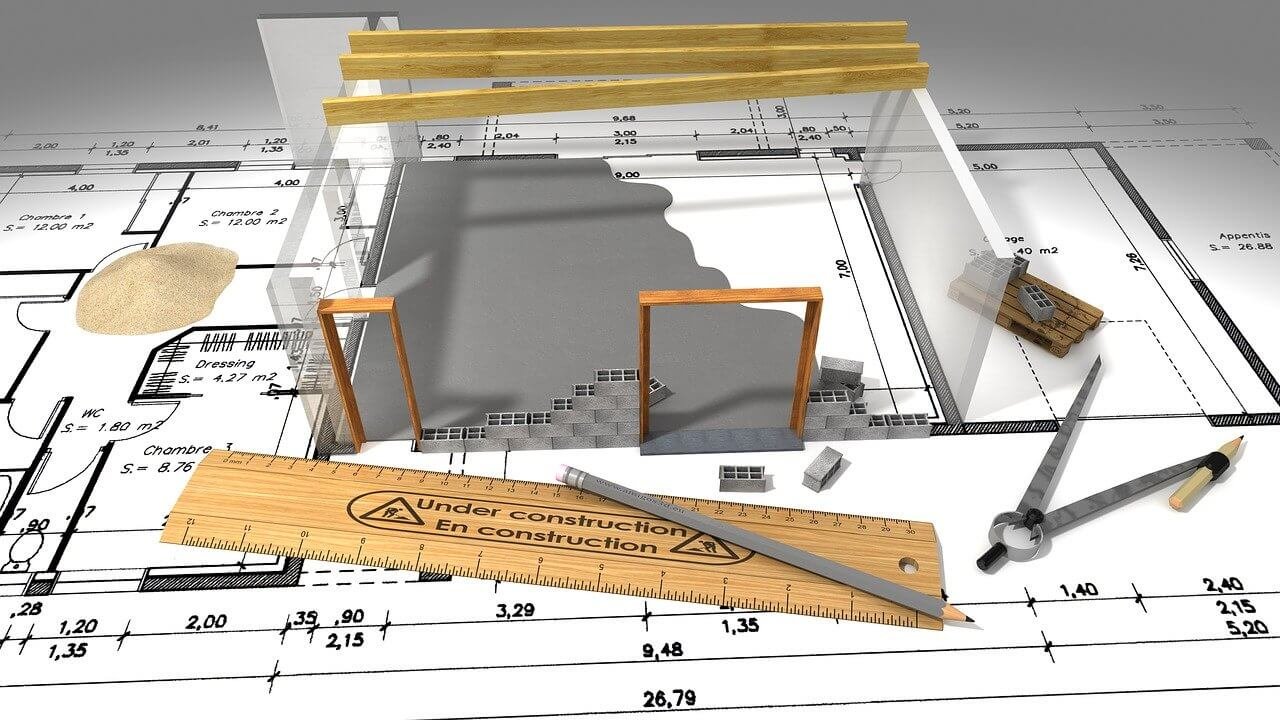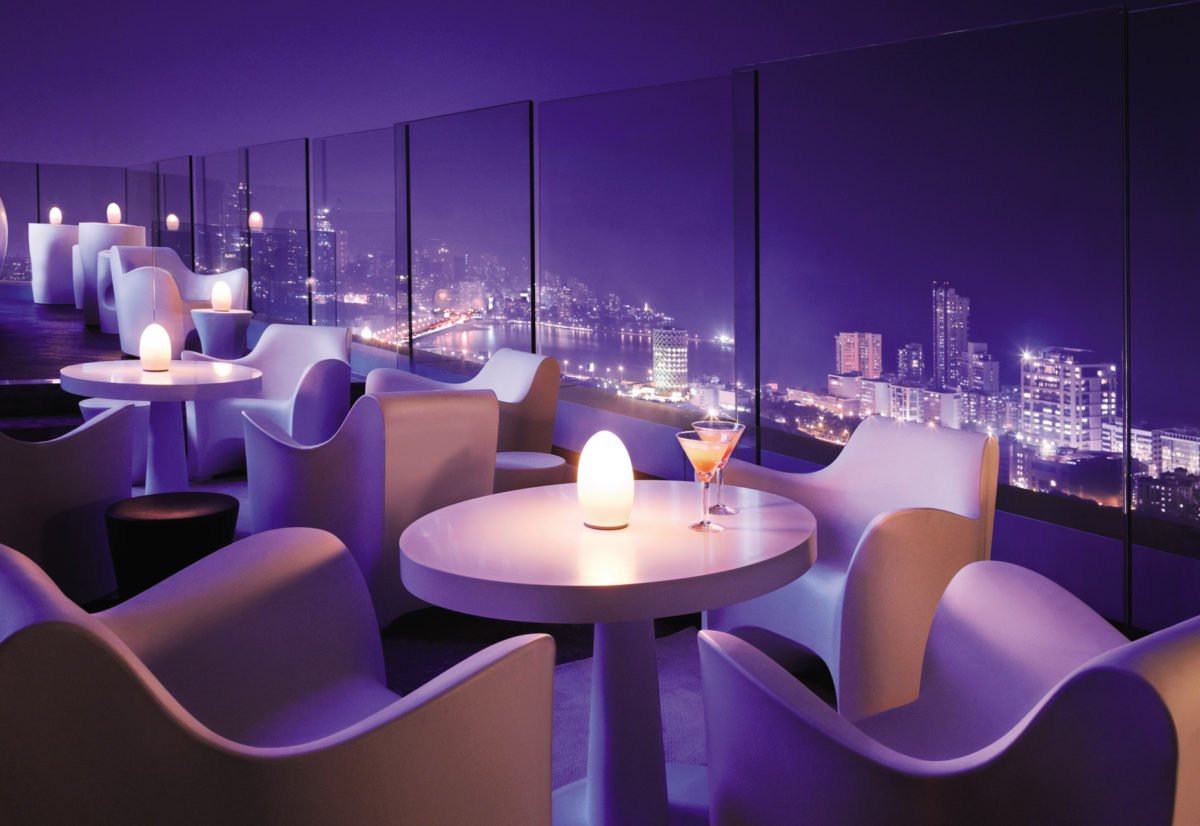We have been developing very complex codes, regulations and guidelines to achieve goals like structural safety, fire safety, adequate ventilation, sustainability and energy efficiency, to anticipate extreme scenarios such as 100-year floods.
Architects and builders have strived to create safer and productive places where humans can live and work. People’s interest to understand the environments in which they live is natural as they spend most of their time in spaces and structures designed, built, and managed by humans to spend 90% of their lives indoors.
The advent and application of high molecular techniques for analyzing microbial communities in the indoor environment have led to illuminating findings. They are beginning to change the way we think about human health about the built environment. Buildings represent habitats for microorganisms that can have direct or indirect effects on the quality of our living spaces, health and well-being. The emergence of ‘microbiology of the built environment’ is required to bridge disciplines, including microbiology, building science, engineering and architecture.

Microbial Reservoirs in Buildings:
There are three primary reservoirs for microbes found indoors, i.e in air, water and on surfaces. The primary sources for these microbes are outdoor microbes carried indoors by air, water or occupants and microbial growth that occurs indoors. Some sources and reservoirs of microbes can be found in air:
- mechanical heating, ventilation, air conditioning systems
- airborne particles that have been aerosolized via HVAC operation or activities like walking and cleaning
- outdoor air that enters through infiltration and natural or mechanical ventilation
- unfinished spaces like crawl spaces, basements and concealed spaces are linked to occupied spaces via a range of airflow paths.
Microbes are also found in water sources and moist surfaces such as:
- municipal or well water supplies, harvested rainwater, recycled water, and drinking fountain water
- roof, foundation, and plumbing leaks
- condensation on or in walls and cold water pipes
- cooling towers and ponds
- water features like fountains, pools, hot tubs and spas

Microbes and microbial products are linked to human health might exist on surfaces of objects and materials that serve as the transmission source such as:
- dust from floors, mattresses, furniture, surfaces that are resuspended in the air inhaled
- surfaces that are touched and thereby allow for dermal absorption or ingestion via hand-to-mouth
- materials and objects that are used, touched, or worm, leading to ingestion either directly or via hand to mouth
- soil floors and rain or pest-damaged surfaces
Indoor plants and viruses that are inhaled, ingested or transmitted dermally through touch. Building occupants also bring in or store food and beverages that contain associated microorganisms or that can support microbial growth. Even in good times, and certainly during epidemics and pandemics, the main thing people want is to know about microbes and how to kill them. But in fact, a vast majority of microbes help humans more than that they hurt us.
Each one of us has our own microbiome– a collection of bacteria, fungi, viruses and protozoa that inhabits out skin and body, and sometimes even maybe as unique as our fingerprints. And some of these microbes help keep us healthy, while others cause us to become ill. Organisms help in regulating our digestion and impact our mood and weight as similar to the skin microbes having immunoprotective effects.
There are complex microbial ecosystems within indoor spaces. Removing all the microbial life from the settings can create major problems for us like irritable bowel disease, asthma, mood disorders that have been linked to our overall microbial exposure.

How can we Design Indoor Microbiomes:
Architects and designers use many design features to shape and modify microbial communities within our homes and office buildings including space configurations and occupant density, interior material selection, window locations, sizes and glass types, air movements and ventilation strategies. Building managers too play a major role as they can adjust the amount of outside air that is exchanged with indoor air.
Natural systems like daylight and natural ventilation, don’t just reduce energy consumption and support human health, they also support more diverse indoor microbial ecosystems that can reduce the abundance of potential pathogens. Unfinished natural wood surfaces have been shown to reduce the abundance of viruses more quickly than other indoor surfaces like stainless steel or plastic.
Also, humidification is also an important influence on indoor settings and most of the indoor environments are dry in the heating season. Dampness dehydrated our mucus membranes, skin and carries particles deeper into our respiratory tract, etc. Dry air also decreases particle deposition, allowing the ultra-fine particles to remain aerosolized longer, increasing the risk of airborne transmissions of microbes.
We are yet at the beginning of understanding at some points the complexity with which indoor microbiome may affect human health in both positive and negative ways.
To know more about Architecture Technology, Stay Tuned.



